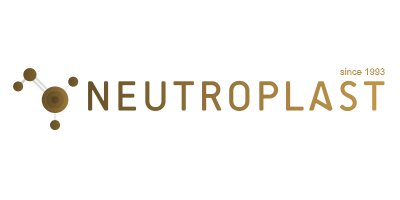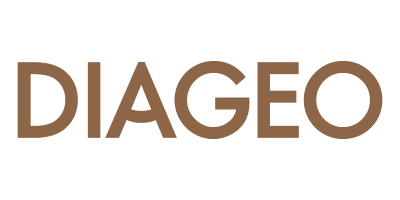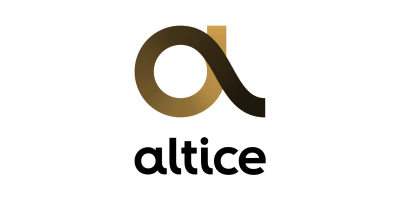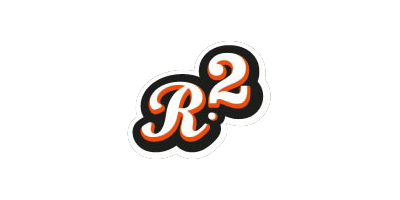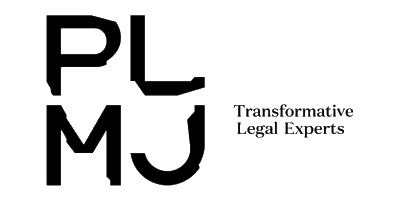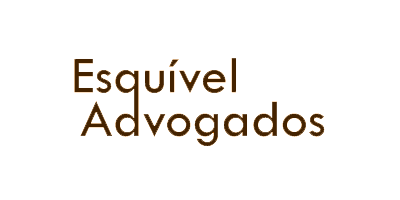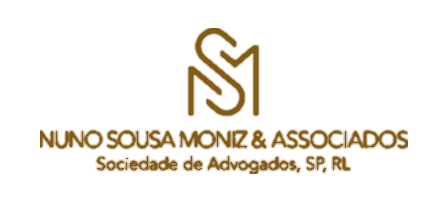Want to reach a foreign audience? Multilingual SEO is crucial
If you want people who speak other languages to find your website, you have to use multilingual SEO.
What does this mean?
It’s simple: it means making sure that your content, written in foreign languages includes the actual words that people are looking for.
Here’s an example. Suppose you want to expand your saddle blanket business, and start selling to horse owners in Brazil. You create a Brazilian Portuguese website and translate your product title as “manta para sela”.
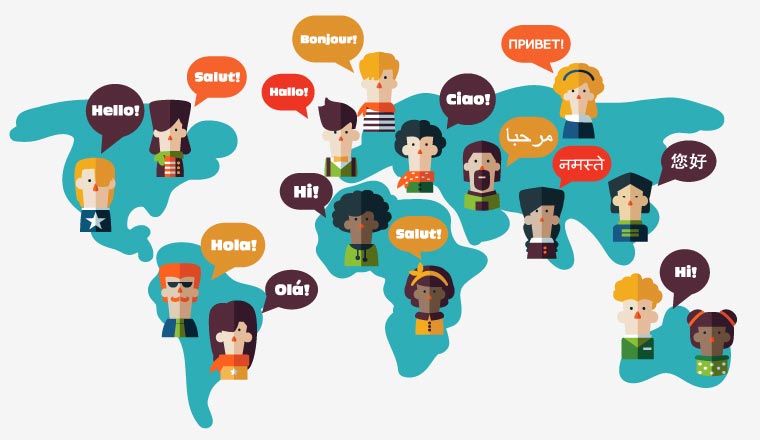
Now, while this is a perfectly correct way of saying “saddle blanket” in Brazilian Portuguese, it’s not by far the most popular way of saying it. If you want your prospects to find your page, your product title should be “baixeiro”, which is what most Brazilians call their saddle blankets. (You should also include “manta para sela” in the product description — but more on this in a minute.)
Of course you don’t have to be an e-commerce in order to benefit from multilingual SEO. Any website that seeks to reach a foreign audience has every interest in using the keywords that the audience is actually looking for
So, for instance if your pro-organics NGO wants to reach out to organic farmers in Switzerland, make sure you use the keywords “agriculture bio”, and not the deceitful “fermiers organiques” (organic agriculture).
Benefits and risks of multilingual SEO
When you use multilingual SEO in your website, you increase your audience because more people are able to find you. Besides generating more business, a greater audience also means higher traffic in your website, which leads to better ranking in search engine results. This leads, once again to more people accessing your page. So these two benefits work together in a virtuous cycle.
How to include multilingual SEO in your website
Putting it very simply, these are the three main steps to include multilingual SEO in your website:
- Keyword research: there are several tools to help you discover what keywords your foreign audience is typing into their search bars when they look for your product. (This includes lesser-used ways of referring to it, which you should include somewhere in your description because they can lead people to your page. Like “manta para sela” in that previous example.) These tools range from simple to quite complex, and will give you a detailed view of the most important keywords for you to use.
- Content creation: once you have the keywords, you must create (or translate) your written content in the foreign language in a way that integrates those keywords both naturally and strategically.
- Website settings: here you must decide on technical but crucial things that help search engines find your pages in other languages: using separate domains, separate pages, sub-domains or sub-folders, using hreflang tags, and so on.
An expert team of translators, localisers and SEO experts will help you do this, guiding you along every step in integrating multilingual SEO in your website.
E-commerce and multilingual SEO
Maybe you think there’s too little text on your e-commerce website, and that multilingual SEO is irrelevant to you. But, think again:

- Perhaps your product descriptions are indeed short right now. But if so, you should make them longer. Product descriptions with 1000+ words are those that rank best in search engine results.
- You know the descriptions that appear on Google for every page result? Those are called meta descriptions. Creating relevant and attractive meta descriptions is a great way to make more people click on your pages. (This is called increasing your “click-through-rate”, or CTR.) Why? Well, if you want to buy a garden rake online, which page are you more likely to click on? The one described as “All kinds of tools for your garden ” or as “Metal garden rakes, small, medium, large. Wooden handle. Free shipping.”?
- Take advantage of your URLs for SEO. Make them short — shorter ones rank better. And include relevant keywords in them too.
Another important aspect of SEO for e-commerce is website architecture. This means how pages are organised, one leading to a number of others, and these leading to others, and so on. Keep the architecture simple, and search engines and customers will find them easily. Product pages should be three clicks or less from your homepage.
This is a short introduction, but by now you see that it’s definitely worth putting thought and time into using multilingual SEO on your website. If you want to delve into it, this page is a great place to start.








